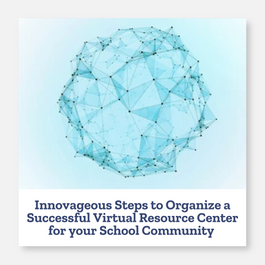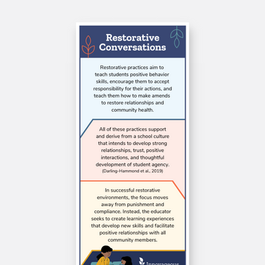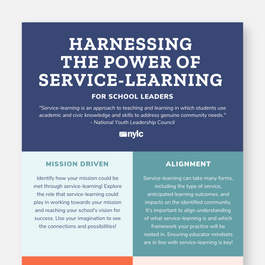Community-Focused
Strong communities are the cornerstone of impactful education. The Community-Focused principle recognizes schools as integral hubs that bring together families, educators, businesses, and local organizations to foster collaboration and shared purpose. Creating community-focused schools involves fostering strong relationships between the school and its surrounding community to enhance educational outcomes and community well-being. By building meaningful partnerships, schools can align their resources and efforts to address the unique needs of their communities. This principle encourages schools to develop practices that engage stakeholders in co-creating solutions, recognize the cultural capital of the surrounding community, celebrate local culture, and foster a sense of shared responsibility. Through this lens, schools become catalysts for community empowerment, driving both educational and social progress.

Community-Focused Indicators
Establish reciprocal partnerships with local businesses, organizations, and institutions to create enriching educational opportunities for students and staff, such as internships, mentorship programs, and resource sharing.
1
Develop Community Partnerships
Maintain transparent and open communication with all community stakeholders through multiple modalities, including regular newsletters, social media updates, and community meetings.
5
Foster Open Communication Channels
Involve community members in the school’s decision-making processes through advisory councils and committees.
9
Promote Shared Decision-Making
Actively involve families in school events, decision-making processes, and volunteer opportunities.
2
Engage Families in School Activities
Host events that bring the community together and celebrate the community’s diversity and achievements, such as cultural festivals, health fairs, and academic showcases.
6
Organize Community Events & Celebrations
Develop school policies and practices that align with the values and priorities of the local community.
10
Implement Policies that Reflect Community Values
Incorporate service learning into the curriculum where students participate in community service projects, connecting academic learning with real-world experiences, and fostering a sense of civic responsibility and community connection.
3
Implement Service Learning & Community Projects
Encourage students and staff to participate in local initiatives, such as environmental clean-ups, local charity drives, and community improvement projects.
7
Support Local Initiatives & Causes
Establish a center within the school that provides resources and support for families and community members, such as job training, health services, and educational workshops.
4
Create a Community Resource Center
Integrate the local community into the curriculum by using community sites and resources as extensions of the classroom. This could include field trips to local businesses, historical sites, and natural areas, providing practical learning experiences.
8
Utilize Community-Based Learning
Aligned Resources
Blogs
Sessions
Tools & Resources


















